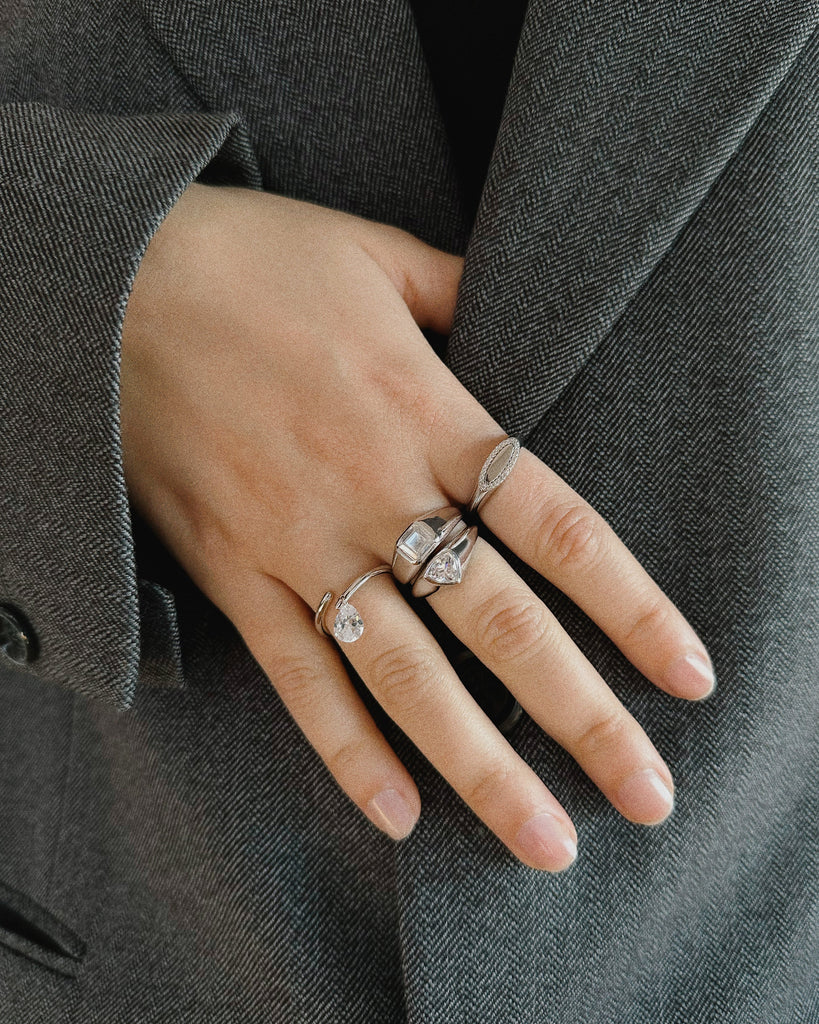A key element of human civilization, jewelry has changed and evolved over history. More than just ornaments, jewelry is so important because it helps track the development of our societies and our thinking.
A symbol of status
The use of jewelry can be traced all the way back to Sumerians or Greek civilizations. Seashore tribes used to wear jewelry made with shells, fishbones or colored stones while people living inland used feathers or animal bones. These rudimentary materials were used to adorn jewels, not just because of their beauty, but for the meaning they held: jewelry was a symbol of authority and power in all these ancient civilizations.
One jewel, different meanings
The earliest piece of jewelry found dated around 25.000 years ago. It is a necklace made of fishbones found in a cave near Monaco, on the Mediterranean coast, a place where ancient civilizations were very advanced in culture and arts. The meaning of this jewel? We can use our imagination and make a guess, but the truth is that even archaeologists never truly found out.

Symbology has always been related to jewelry, especially during the Middle Ages. In this historical period, the jewels became amulets to ward off illness and bad luck. Their magical properties ranged from love and fertility to luck and power. Different cultures also carried these beliefs, from the Celtics to the Byzantine Empire.
Jewelry has also been related to commitment and social connections. Enslaved people were meant to wear bracelets to show who their owner was or, as a more relatable example, wedding rings are worn to show the commitment of two people in love.

But the golden age of jewelry was probably the Renaissance, when the revival of classicism mixed with a creative flair resulted in magnificent jewels. The explorations made during the 14th century of gemstones and jewelry materials resulted in new, breathtaking designs. Goldsmiths and craftsmen became real artists, decorating women’s hair with precious gems or spectacular necklaces. Worth noting from this period is the pillbox ring or poison ring. The aristocracy used them to hold cologne, locks of hair, and portraits of loved ones.

Moving forward in time, we can see how jewelry has kept changing and adapting to the times, mostly influenced by social and art movements, like the Industrial Revolution or the Art Nouveau style. Since the mid-twentieth century jewelry has experienced radical changes, as jewelry types and styles became almost boundless with the use of new materials and new symbolisms.

Expressing our individuality
As we have seen, jewelry is a complex expression of who we are as humans. Jewels are more than decorative ornaments: they are symbolic, artistic and meaningful. Jewels can reflect social status but also moods and feelings and they can tell us a lot about the person wearing them. The options are endless and we can’t wait to see what the future of jewelry holds.

Back
faq
.
You may also like

All Styles Welcome: a Ring Stack for every Mood
Who said rings were created to be worn on their own? When it comes to jewelry, the more the merrier. If you are a ring lover, chances are …
Read more

Into the Letters jewelry universe. From A to Z: you name it
Oh, names —the first thing people want to know about us. It’s the first link of the connection’s chain: with everyone around us and with ourselves...
Read more